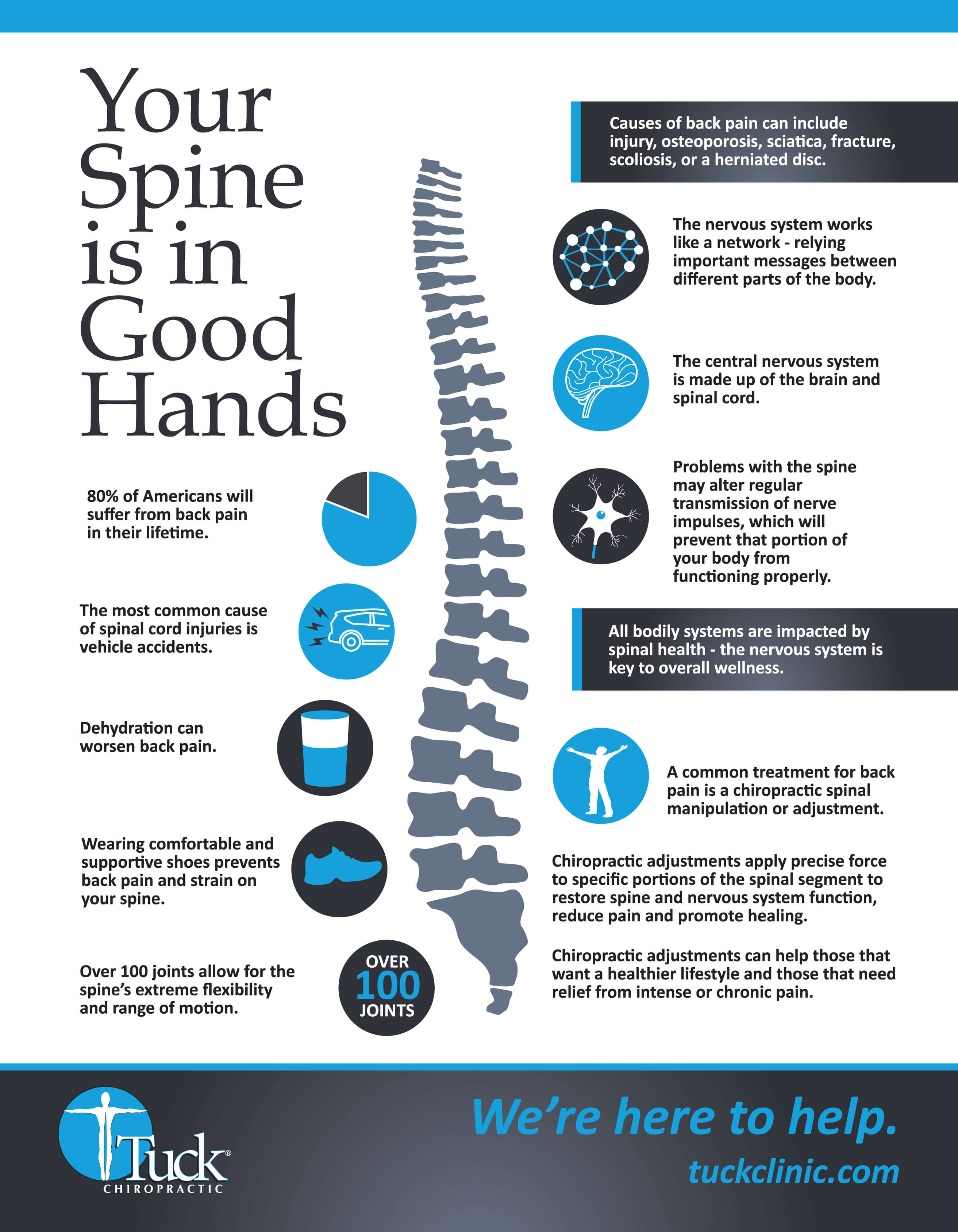Brace On Your Own For An Expedition Right Into The Fascinating Cellular Interactions Of Cold Laser Therapy And Its Utilization Of Light As A Recovery Mechanism. Take A Much Deeper Study The Clinical Elements!
Brace On Your Own For An Expedition Right Into The Fascinating Cellular Interactions Of Cold Laser Therapy And Its Utilization Of Light As A Recovery Mechanism. Take A Much Deeper Study The Clinical Elements!
Blog Article
Material Writer-Rosendahl McIntosh
You may have become aware of cold laser therapy as an encouraging therapy option for different problems, yet have you ever before questioned exactly how it really deals with a mobile degree? Comprehending the systems behind this treatment can shed light on its efficiency in promoting recovery and lowering inflammation. By exploring the science behind cold laser therapy, you'll obtain insights into the interesting ways in which light can affect mobile procedures and help with cells repair service.
Exactly How Cold Laser Therapy Works
To recognize exactly how cold laser treatment functions, you need to grasp the basic principles of how light power interacts with organic tissues. Cold laser treatment, additionally known as low-level laser therapy (LLLT), utilizes certain wavelengths of light to pass through the skin and target underlying cells. Unlike the intense lasers used in procedures, cold lasers emit reduced levels of light that don't produce warm or cause damage to the cells.
When these gentle light waves get to the cells, they're soaked up by parts called chromophores, such as cytochrome c oxidase in mitochondria. This absorption causes a series of biological feedbacks, consisting of boosted mobile power production and the launch of nitric oxide, which improves blood circulation and reduces swelling.
In addition, the light energy can also boost the production of adenosine triphosphate (ATP), the energy currency of cells, helping in cellular fixing and regrowth processes.
Essentially, cold laser treatment uses the power of light energy to advertise recovery and minimize discomfort in a non-invasive and gentle way.
Devices of Action
How does cold laser therapy in fact function to generate its healing impacts on organic cells?
Cold laser therapy, also known as low-level laser treatment (LLLT), operates through a process referred to as photobiomodulation. When the cold laser is applied to the skin, the light power penetrates the tissues and is soaked up by chromophores within the cells.
These chromophores, such as cytochrome c oxidase in the mitochondria, are after that boosted by the light energy, causing a waterfall of organic reactions. One crucial mechanism of activity is the enhancement of mobile metabolic rate.
The taken in light power raises ATP production in the mitochondria, which is critical for cellular feature and repair work. Additionally, https://www.dovepress.com/updated-perspectives-on-the-diagnosis-and-management-of-onychomycosis-peer-reviewed-fulltext-article-CCID assists to reduce swelling by preventing inflammatory mediators and promoting the release of anti-inflammatory cytokines.
This anti-inflammatory effect contributes to pain relief and tissue healing.
Restorative Effects
Recognizing the restorative impacts of cold laser treatment involves acknowledging how the enhanced mobile metabolic process and anti-inflammatory homes add to its positive outcomes on biological tissues.
When the cold laser is applied to the afflicted location, it promotes the mitochondria within the cells, causing enhanced production of adenosine triphosphate (ATP), which is important for cellular feature and repair work. This boost in cellular power accelerates the healing procedure by advertising cells regrowth and minimizing swelling.
Additionally, the anti-inflammatory homes of cold laser therapy aid to lower pain and swelling in the targeted area. By inhibiting inflammatory arbitrators and advertising the launch of anti-inflammatory cytokines, cold laser treatment aids in relieving pain and improving the general healing reaction.
This reduction in swelling not just gives prompt relief however also sustains long-lasting tissue repair service.
Verdict
Finally, cold laser treatment functions by promoting mobile repair and tissue regrowth with photobiomodulation. Its anti-inflammatory properties offer pain relief and decrease swelling by preventing inflammatory conciliators.
This therapy provides an extensive technique to healing, supplying both prompt relief and long-lasting tissue repair benefits.
With its mechanisms of action, cold laser treatment confirms to be a reliable and encouraging treatment option for a variety of problems.
